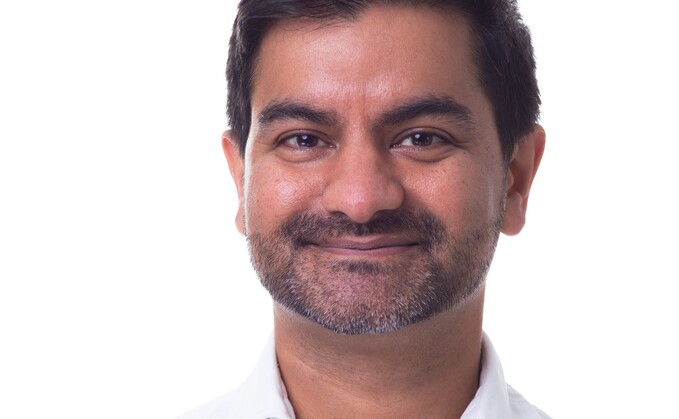
Mitul Magudia: Without a dynamic strategy a fall in yields prompted by the end of QT, a stated aim of the BoE, or a worsening economic environment, could put many schemes right back at square one.”
An end to quantitative tightening (QT) or a return to quantitative easing (QE) could see positive defined benefit (DB) funding levels “rapidly disappear”, Pension Insurance Corporation says.
The pension insurer's paper – How does QT feed into the DB pension scheme funding levels debate? – estimated that pension scheme liabilities were around 7% lower than they otherwise would have been as a result of QE, which it believed had increased rates by at least 50 basis points.
Between 2009 and 2021, QE saw the Bank of England bought some £875bn of UK government bonds – a process that it started to reverse through QT in November 2022. The central bank's current stocks of gilts stood at around £586bn at the end of August.
At the same time, the government's borrowing costs have risen sharply – with the yield on 30-year gilts reaching their highest level since 1998 today, rising 0.08 percentage points to 5.725%.
PIC argued that if rates were to come down either through halting QT, or a restarting of QE, liabilities would increase – an issue that came particularly into focus now the government has confirmed it expects surplus extraction from DB schemes to begin in 2028.
Chief origination officer Mitul Magudia said: "We should ask how long current positive DB pension scheme funding levels will last and whether it is safe to reduce DB pension scheme funding levels based on a short-term snapshot, especially where the stated path of future monetary policy could potentially create deficits once again."
Magudia added: "Trustees will know that the current positive DB pension scheme funding levels are likely to be temporary and many of them have sought to hedge or otherwise lock in their position. The question then is what they are hedging for, whether that is seeking to protect funding positions from the adverse effects of inflation, interest rate movements, or something else. No scheme is perfectly hedged, and without a dynamic strategy a fall in yields prompted by the end of QT, a stated aim of the BoE, or a worsening economic environment, could put many schemes right back at square one."
He added: "A sudden reversal of gilt yields, caused perhaps by an end to QT, or a reversion to QE, could put the pension security of millions of people in jeopardy."








